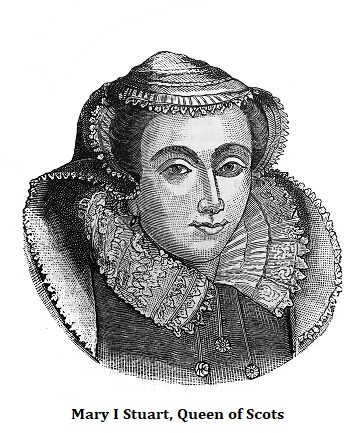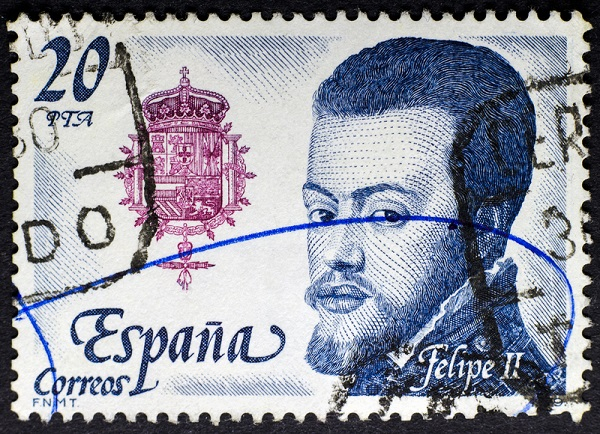

On August 8, 1588, in the Battle of Gravelines, the British Navy destroyed the Spanish Armada. A large and heavily armed ship known as the Spanish Armada aimed to act on a political and religious basis. The invasion dreams of Spain were dashed by the setback at Gravelines. The Armada's defeat dealt severe damage to Spain's reputation as the world's most powerful nation at the time. After the conflict, Spain remained a powerful nation.
 There was a struggle between the Catholic faith in Spain and Protestantism in England because of years of political and theological contention. The English desired to dominate Spain, thus English pirates frequently engaged Spanish ships in battle. Targeting Spanish commerce in the Atlantic and across Europe was done on purpose by English sailors. English acts were harming Spanish interests in the New Lands and the Netherlands. The English have also intensified their anti-Catholic measures. Mary, Queen of Scots' death was mandated by Elizabeth I. Several elements came together to influence the decision to invade. Many believe that Phillip's decision was influenced by the 1585 execution of Mary, Queen of Scots.
There was a struggle between the Catholic faith in Spain and Protestantism in England because of years of political and theological contention. The English desired to dominate Spain, thus English pirates frequently engaged Spanish ships in battle. Targeting Spanish commerce in the Atlantic and across Europe was done on purpose by English sailors. English acts were harming Spanish interests in the New Lands and the Netherlands. The English have also intensified their anti-Catholic measures. Mary, Queen of Scots' death was mandated by Elizabeth I. Several elements came together to influence the decision to invade. Many believe that Phillip's decision was influenced by the 1585 execution of Mary, Queen of Scots.
To join the army commanded by the Duke of Parma in the Spanish Netherlands, Philip II planned to sail with his fleet and army, a combined force of some 30,000 men, into the English Channel in 1588. The Spanish navy included roughly 130 ships, 8,000 crew members, and perhaps as many as 19,000 troops. Of these ships, around 40 were line-of-battle vessels, with the other vessels largely being transports and light aircraft. Even the greatest ships of Spaniards were slower and less well-armed with heavy cannons than the English ships, but they still believed they could compel boarding actions if the English offered combat.

Philip II, King of Spain
MADRID, SPAIN - JUNE 13, 2021. Vintage stamp printed in Spain shows Philip II of Spain 1527 - 1598, king of Spain, son of Emperor Charles V and Isabella of Portugal
Charles Howard, was in charge of the English fleet, with Sir Francis Drake serving as his deputy. The English fleet had approximately 200 ships at one point, but less than 100 ships were present during the majority of the action that followed in the English Channel. Compared to their Spanish competitors, English ships were longer, lower, and quicker. To increase stability, the decks fore and aft had been lowered, allowing for the carriage of additional cannons and the firing of deadly broadsides. Additionally, the ships were easier to manoeuvre than the large, heavy Spanish ships.
The Spanish armada was led by the Duke of Medina Sidonia. Before the invasion, he wanted to locate a secure port for the ships, he wanted to join forces with the soldiers of the Duke of Parma in the Netherlands. To his disappointment, this did not occur. The English were aware that it would be extremely challenging to break the Spanish's rigid crescent formation as they advanced along the English Channel. Despite this, during the opening clashes, two magnificent Spanish ships were deliberately rendered useless. Neither of the two fleets gained an edge as they manoeuvred around one another up the Channel.
The rugged shores of Scotland and Ireland have seen several shipwrecks. Only 65 of the 150 ships that departed made it back to Lisbon. The number of troops the English lost to sickness was in the hundreds or perhaps thousand, while their losses in the battle were minor. The two nations did not manage to make peace until James I's time (1603–1625; the king of Scotland and England).
While saving England from invasion and preventing the demise of the Dutch Republic, the Armada's defeat also dealt severe damage to the reputation of the largest European force of the time. Being the first significant naval gunfight to take place under sail and the turning point from which sailing warships equipped with guns ruled the seas for more than 250 years, the Armada engagement has enduring historical significance. This failure had an adverse economic impact on Spain.
The rivalry between the Catholic faith in Spain and Protestant England was due to years of political and theological contention. Philip II planned a combined attack force of some 30,000 men, into the English Channel in 1588. The Spanish navy included roughly 130 ships, 8,000 crew members, and perhaps as many as 19,000 troops. Compared to their Spanish competitors, English ships were longer, lower, and quicker. The rugged shores of Scotland and Ireland have seen several shipwrecks. Only 65 of the 150 ships that departed made it back to Lisbon. While saving England from invasion. The failure had an adverse economic impact on Spain.
Q1. What made Spain so enraged with England?
Ans. Concerning commerce and territorial growth in the “New World,” the Spanish saw the English as an enemy. English frequently engaged Spanish ships in battle due to the English desire for Spain's dominion.
Q2. What prompted Queen Elizabeth to declare war on Spain?
Ans. Since England was a Protestant nation and Spain was a Catholic nation, the two kings opposed spiritual philosophies. Mary I, the sister of Elizabeth, was wed to King Philip of Spain. When Mary passed away, he proposed to Elizabeth, but she refused.
Q3. Why did Elizabeth feel threatened by Scotland?
Ans. Mary, Queen of Scots, had better claims to the English throne
Many people felt Elizabeth didn't deserve to be king or queen, since they thought she was an illegitimate child.
Henry VIII, her father, had separated from his first wife. Given that Catholics did not recognize divorce, his second union with Elizabeth's mother was regarded as impermissible.